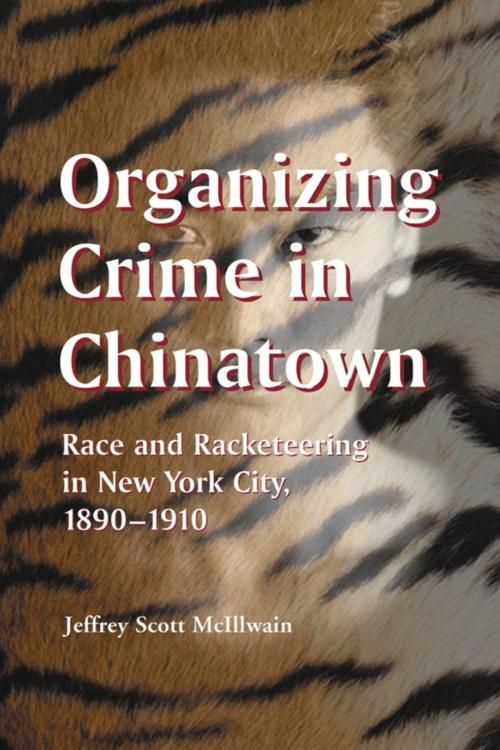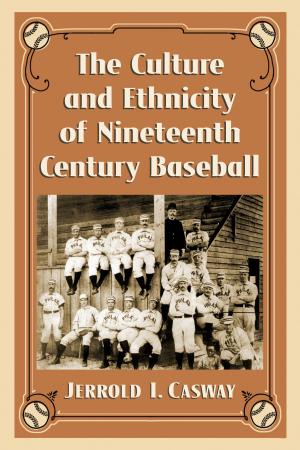Organizing Crime in Chinatown
Race and Racketeering in New York City, 1890-1910
Nonfiction, Social & Cultural Studies, Social Science, Cultural Studies, Ethnic Studies, Crimes & Criminals, Criminology, History, Americas, United States| Author: | Jeffrey Scott McIllwain | ISBN: | 9780786481279 |
| Publisher: | McFarland & Company, Inc., Publishers | Publication: | October 1, 2014 |
| Imprint: | Language: | English |
| Author: | Jeffrey Scott McIllwain |
| ISBN: | 9780786481279 |
| Publisher: | McFarland & Company, Inc., Publishers |
| Publication: | October 1, 2014 |
| Imprint: | |
| Language: | English |
More than a century ago, organized criminals were intrinsically involved with the political, social, and economic life of the Chinese American community. In the face of virulent racism and substantial linguistic and cultural differences, they also integrated themselves successfully into the extensive underworlds and corrupt urban politics of the Progressive Era United States. The process of organizing crime in Chinese American communities can be attributed in part to the larger politics that created opportunities for professional criminals. For example, the illegal traffic in women, laborers, and opium was an unintended consequence of “yellow peril” laws meant to provide social control over Chinese Americans. Despite this hostile climate, Chinese professional criminals were able to form extensive multiethnic social networks and purchase protection and some semblance of entrepreneurial equality from corrupt politicians, police officers, and bureaucrats. While other Chinese Americans worked diligently to remove racist laws and regulations, Chinatown gangsters saw opportunity for profit and power at the expense of their own community. Academics, the media, and the government have claimed that Chinese organized crime is a new and emerging threat to the United States. Focusing on events and personalities, and drawing on intensive archival research in newspapers, police and court documents, district attorney papers, and municipal reports, as well as from contemporary histories and sociological treatments, this study tests that claim against the historical record.
More than a century ago, organized criminals were intrinsically involved with the political, social, and economic life of the Chinese American community. In the face of virulent racism and substantial linguistic and cultural differences, they also integrated themselves successfully into the extensive underworlds and corrupt urban politics of the Progressive Era United States. The process of organizing crime in Chinese American communities can be attributed in part to the larger politics that created opportunities for professional criminals. For example, the illegal traffic in women, laborers, and opium was an unintended consequence of “yellow peril” laws meant to provide social control over Chinese Americans. Despite this hostile climate, Chinese professional criminals were able to form extensive multiethnic social networks and purchase protection and some semblance of entrepreneurial equality from corrupt politicians, police officers, and bureaucrats. While other Chinese Americans worked diligently to remove racist laws and regulations, Chinatown gangsters saw opportunity for profit and power at the expense of their own community. Academics, the media, and the government have claimed that Chinese organized crime is a new and emerging threat to the United States. Focusing on events and personalities, and drawing on intensive archival research in newspapers, police and court documents, district attorney papers, and municipal reports, as well as from contemporary histories and sociological treatments, this study tests that claim against the historical record.















